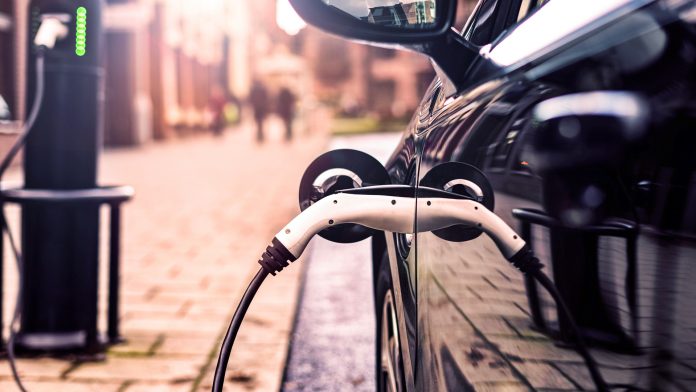The rise of electric vehicles (EV) goes hand in hand with the rise of EV charging stations, but how are European governments funding this new infrastructure?
According to a UK based charging point locator, Zap-Map, there is currently 30,000 electric vehicle charging connectors across UK. This has seen an incredible increase since 2015 where the UK only had around 10,000.
ChargePoints in the UK
The funding for residential street ChargePoint has doubled in order to ensure that access to electric vehicles does not rely on the individual’s postcode.
The British Transport Secretary has announced that the government funding will double to £10m (~€11.8m) for the installation of ChargePoints on residential streets next year allowing for residents to park and charge their vehicle overnight.
Real-time information could be made available which will allow people to find out which ChargePoints are currently being used, the current waiting times and any ChargePoints which may be out of order. In the future, open data on public ChargePoints would allow for information to be added to satnavs and travel or route mapping apps.
Transport Secretary, Grant Shapps said: “We want to make electric cars the new normal, and ensuring drivers have convenient places to charge is key to that.
“By doubling funding again for ChargePoints on streets where people live and opening up data, we are helping drivers easily locate and use affordable, reliable ChargePoints whether at home or on the road.”
Future of Transport Minister George Freeman said: “The new government is accelerating UK leadership in digitalisation and decarbonisation through our future of transport strategy.
“Supporting the smart use of open data for new apps to help passengers and drivers plan journeys, and to reduce congestion and pollution, is key.”
Reinvesting in infrastructure
The European Commission have decided to reinvest unspent funds from the NER300 programme to support low-carbon innovation projects under InnovFin Energy Demo Projects (EDP), an EU financial instrument managed by the European Investment Bank. The first three projects are now benefiting from support of some €73m.
Reinvesting the unspent funds from the first NER300 call enables timely support to promising projects before the launch of the Innovation Fund in 2020.
The projects benefit from financing backed by the NER300 funds. The first three selected projects to benefit from NER 300 support under the InnovFin EDP focus on innovative wave energy technology (Wave Roller), floating offshore wind technology (Windfloat) and ultra-fast charging stations for electric vehicles and battery energy storage (Greenway EV Charging Network).
InnovFin EDP finances projects in innovative renewable energy, carbon capture and storage (CCS), smart energy systems and storage, helping to bridge the gap from demonstration to commercialisation. The financial instrument is entirely market-driven and the support to eligible projects is provided on a first come, first served basis.
One of the projects to receive funding is Greenway, Slovakia’s leader in electric vehicle charging stations and services. The project will support the development of the electric charging equipment and automotive industry and related suppliers through the accelerated deployment of electric vehicle infrastructure.
The project demonstrates the feasibility of commercial-scale deployment of ultra-fast charging stations for electric vehicles and the pilot of an integrated battery energy storage system. Demonstration will be located in Slovakia, Poland, Czech Republic and Baltic countries.
The project was awarded a European Investment Bank financing under InnovFin EDP amounting to €17m of which almost €3m are backed by the NER300 unspent funds.







